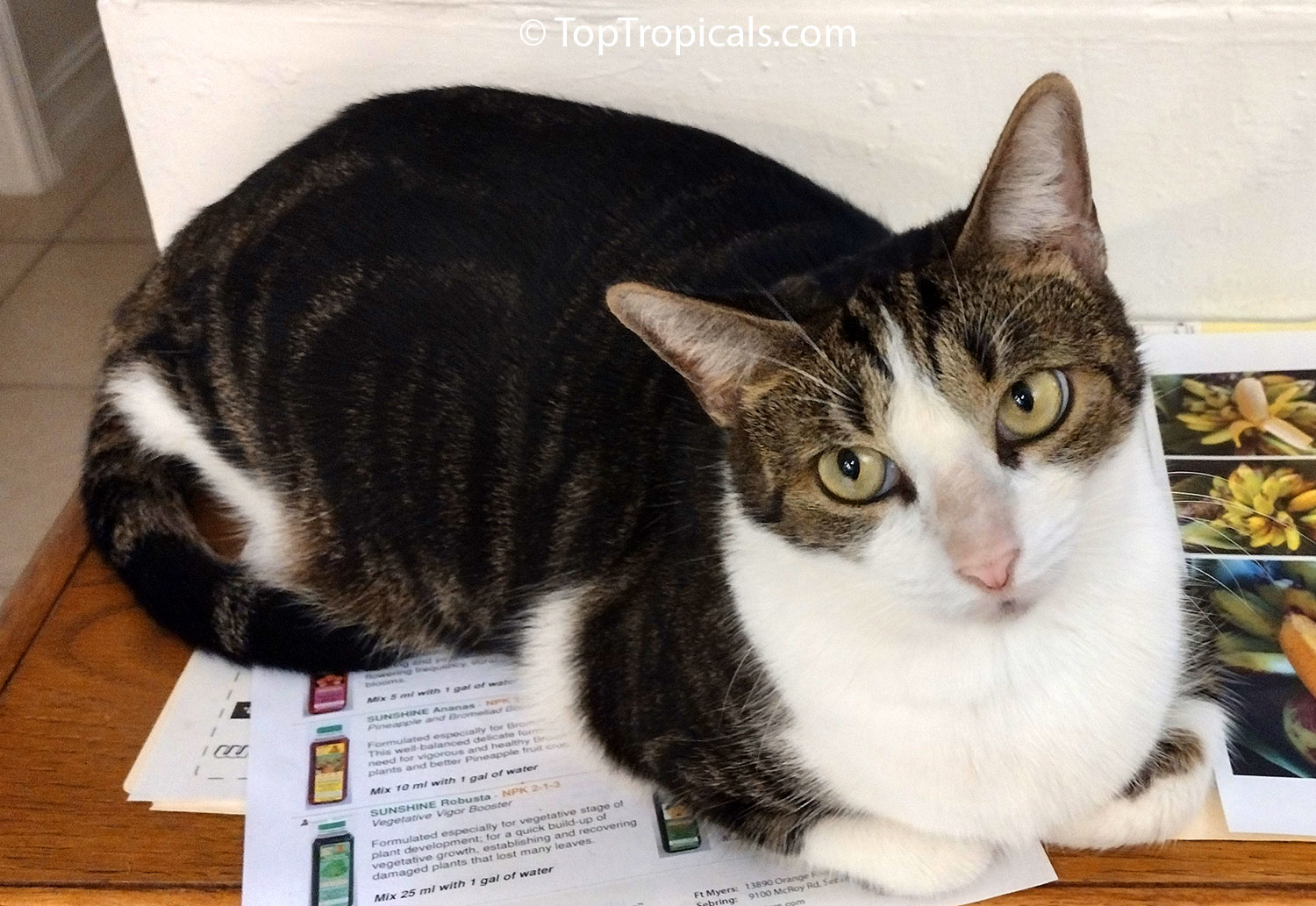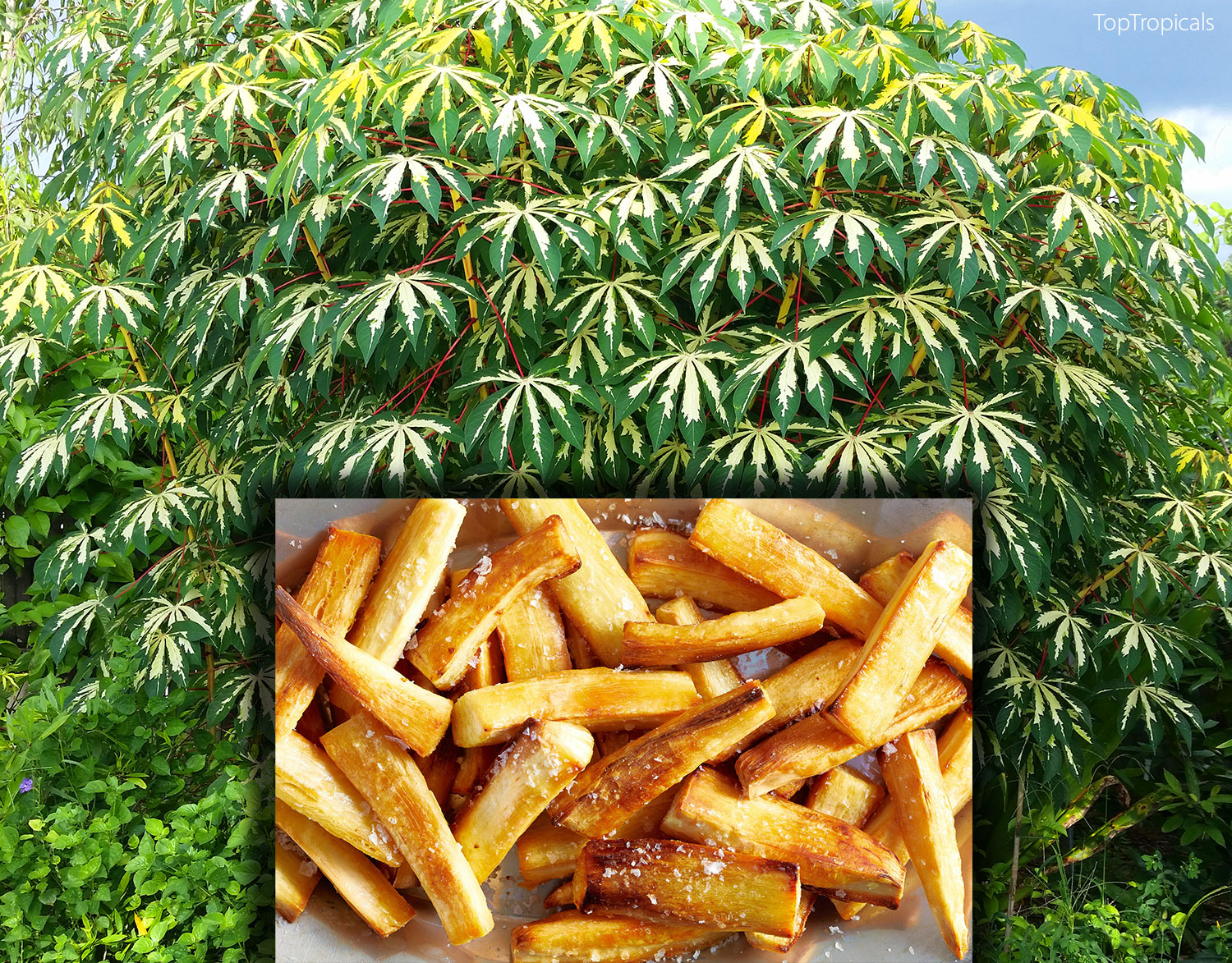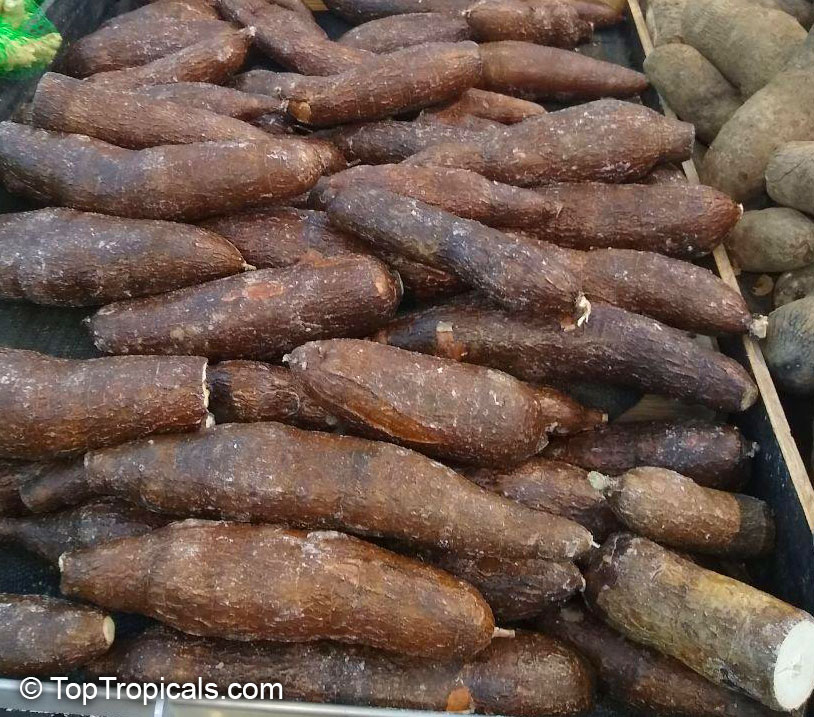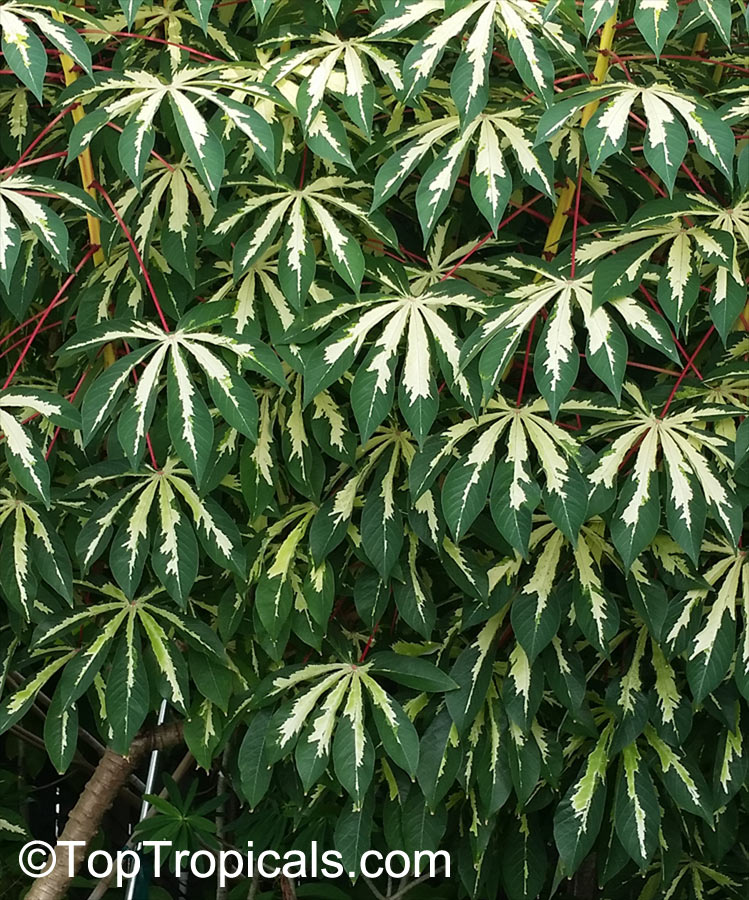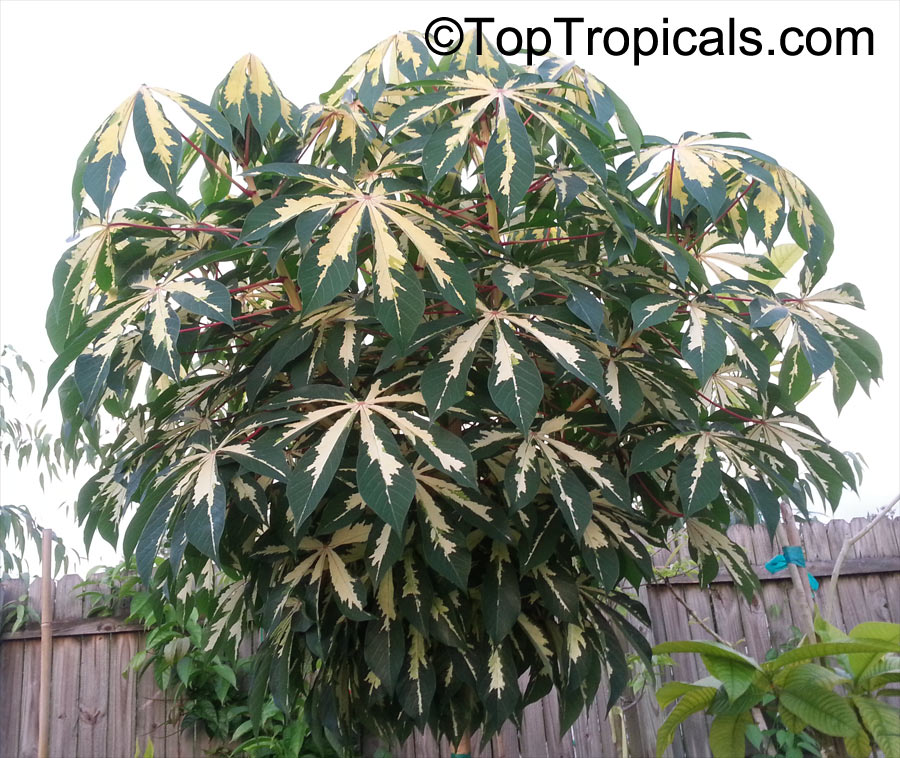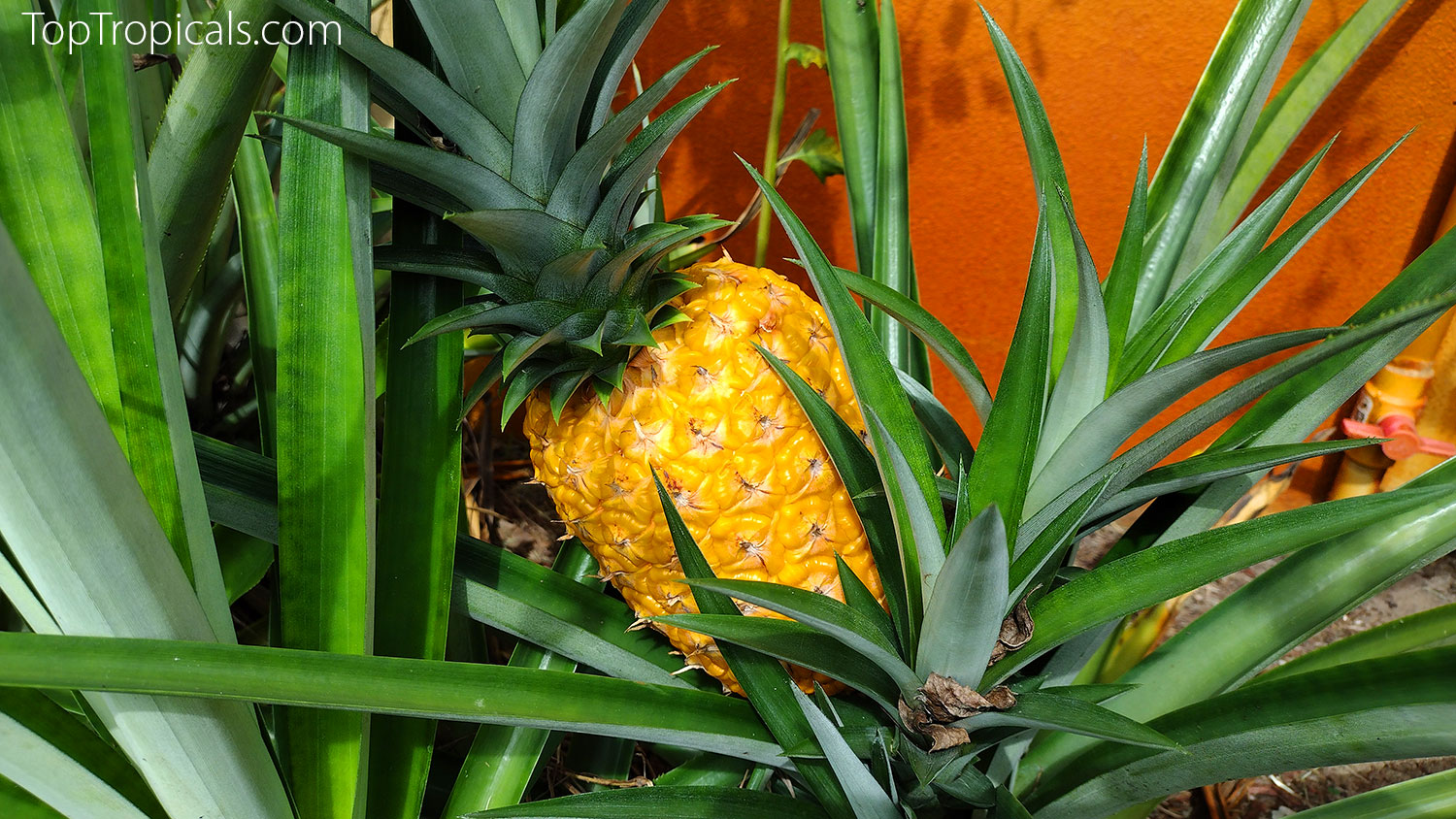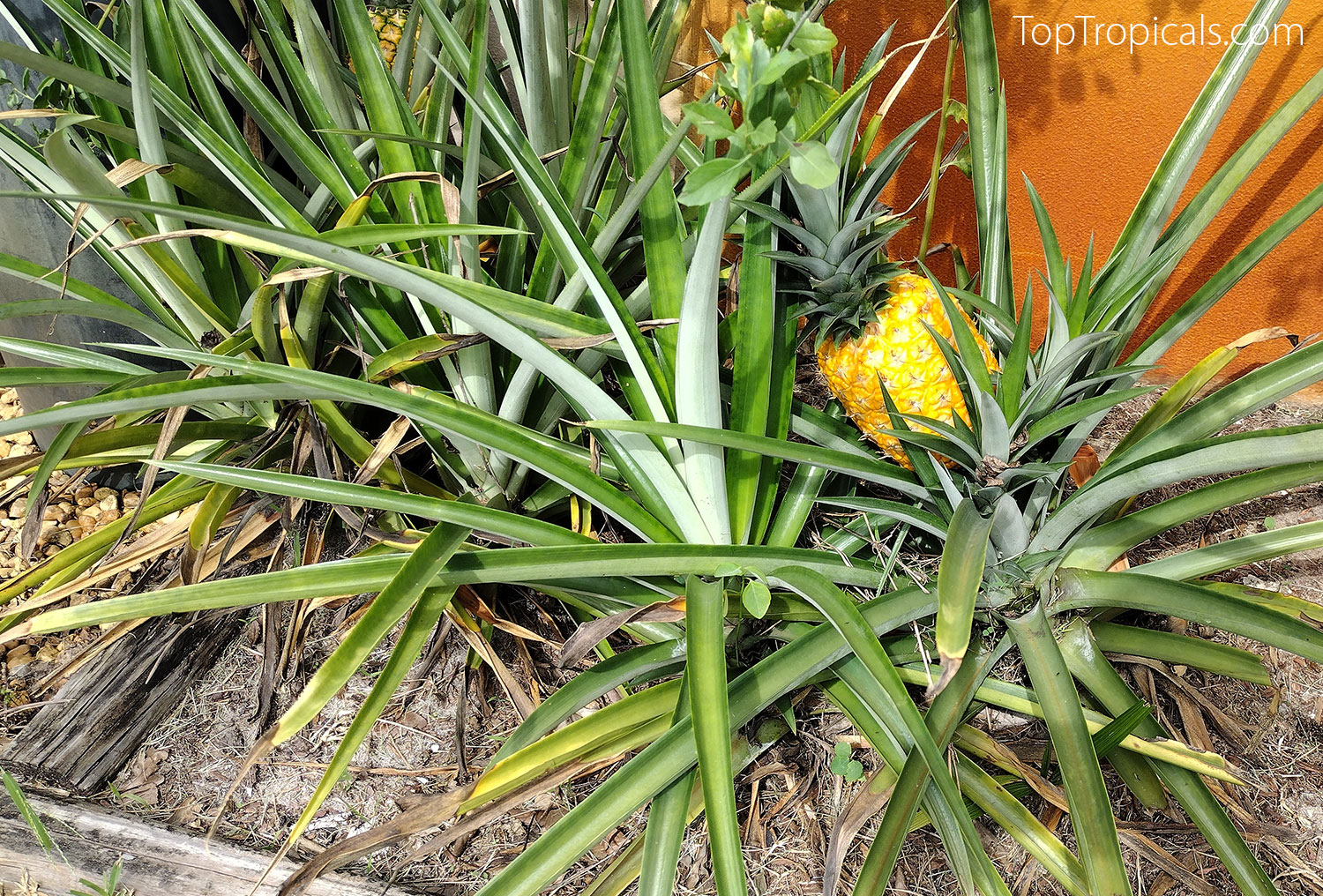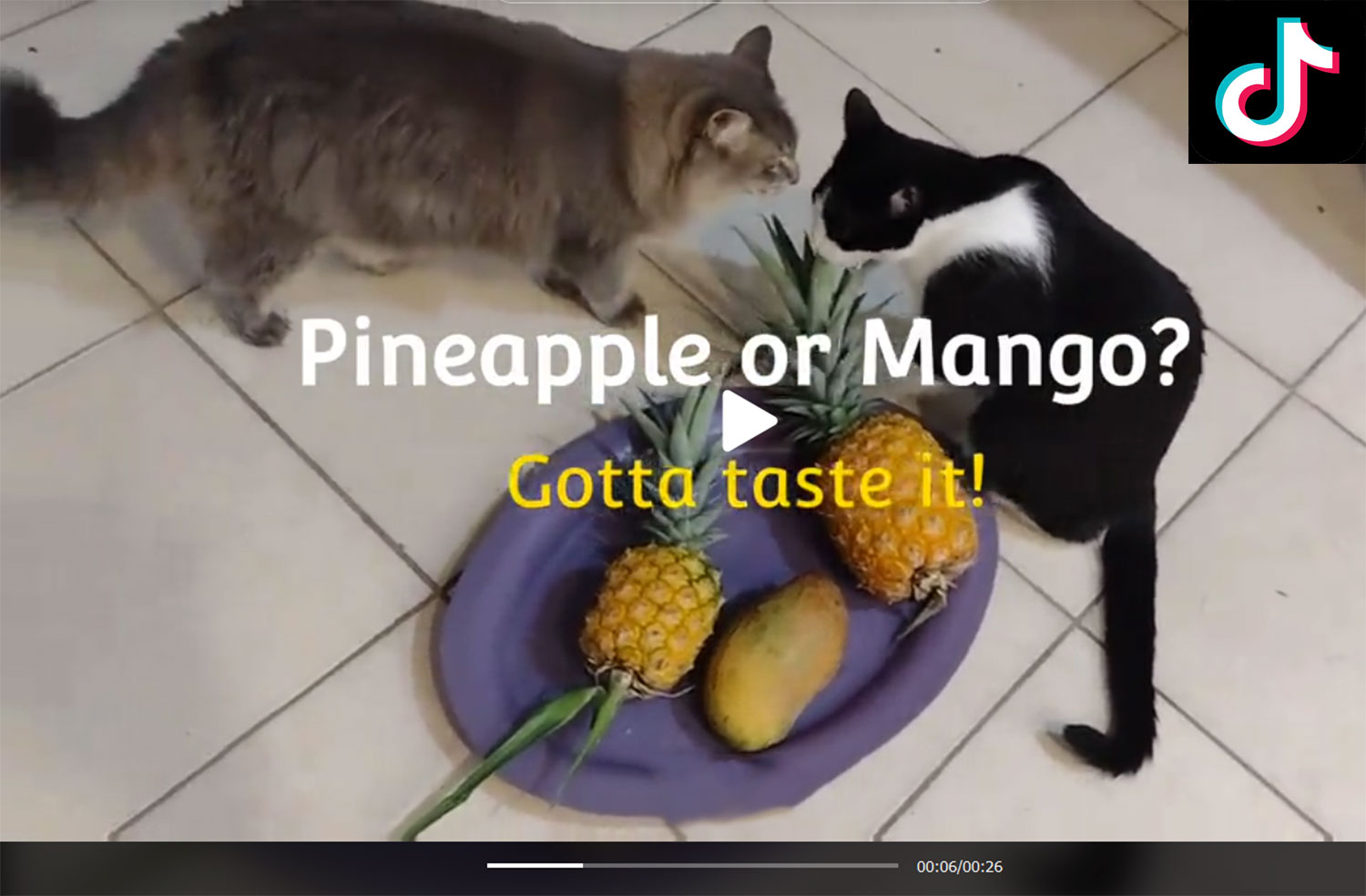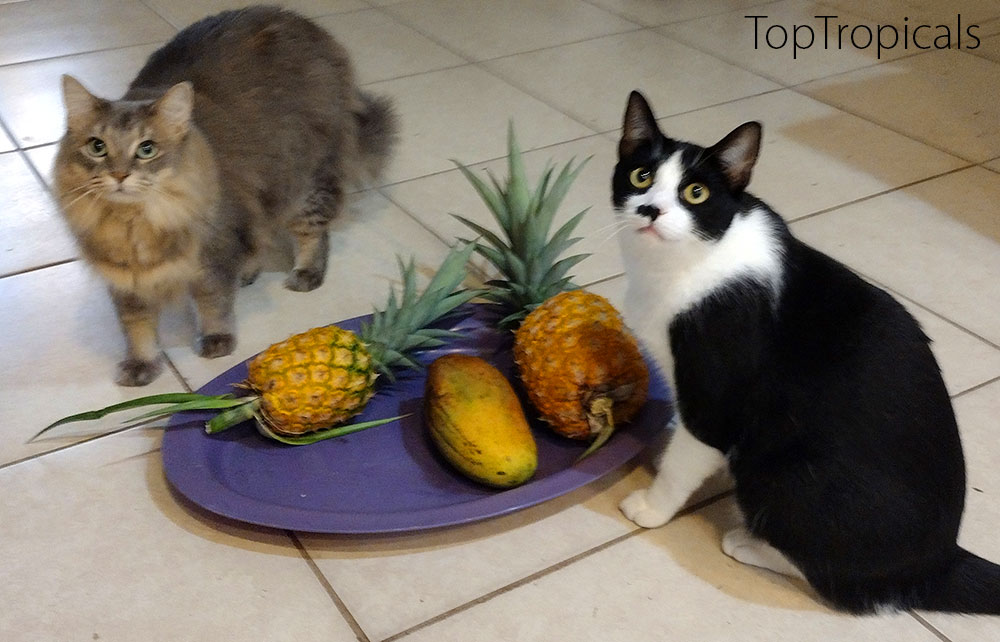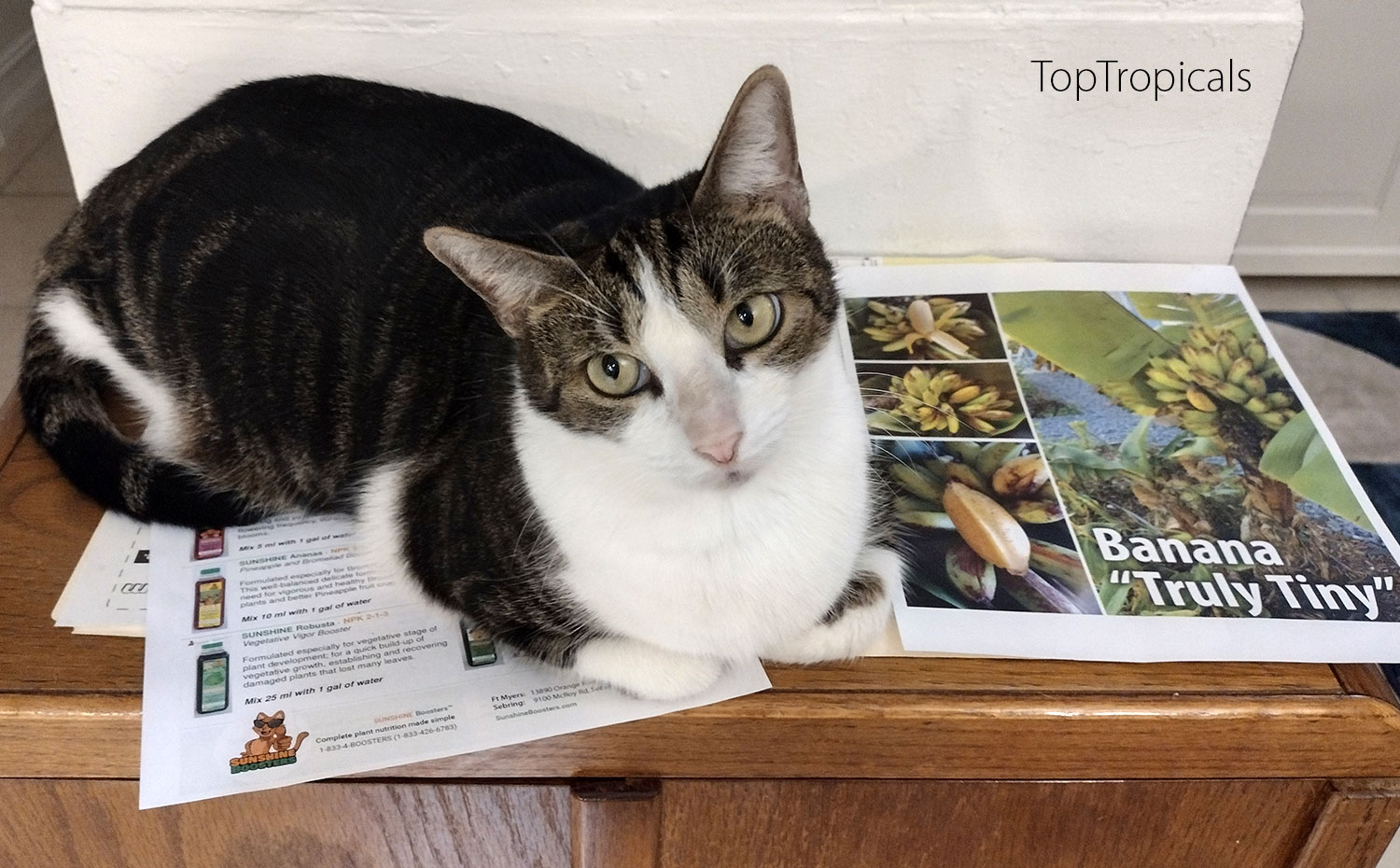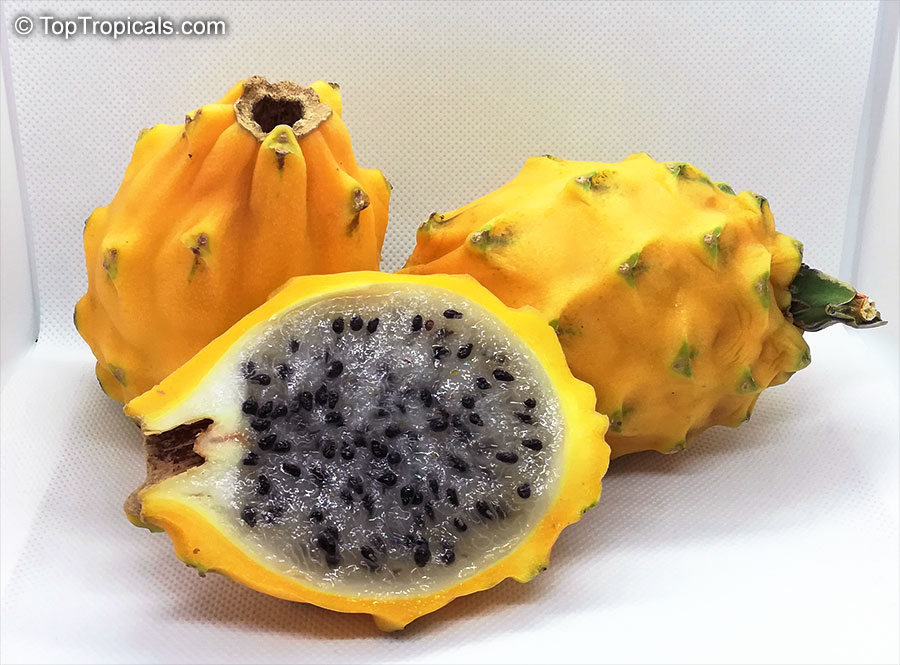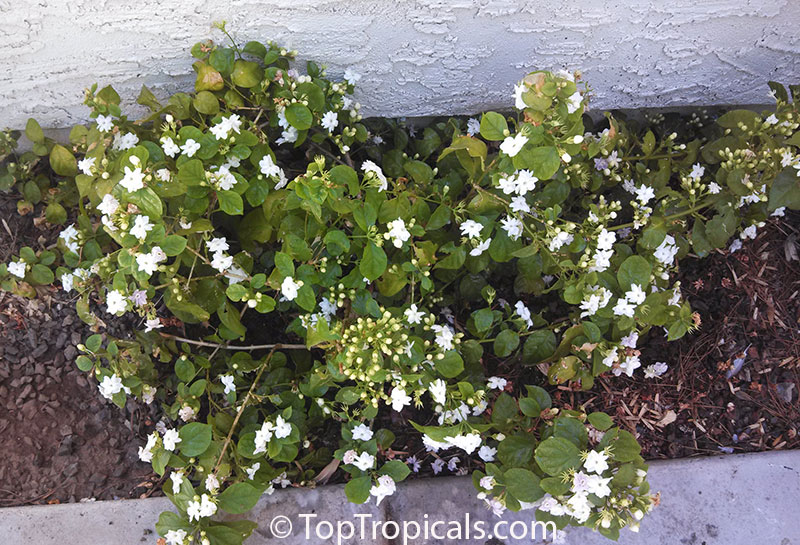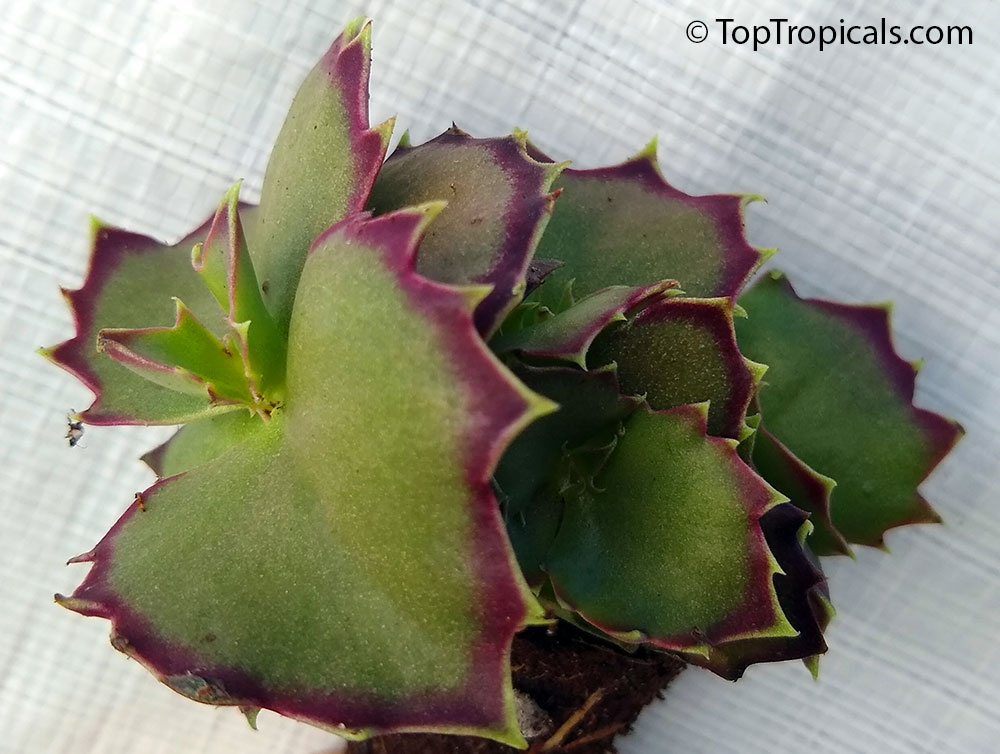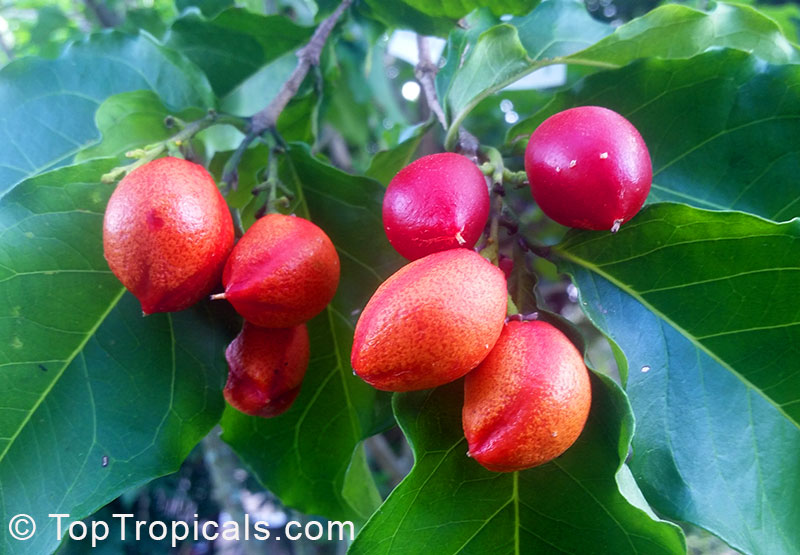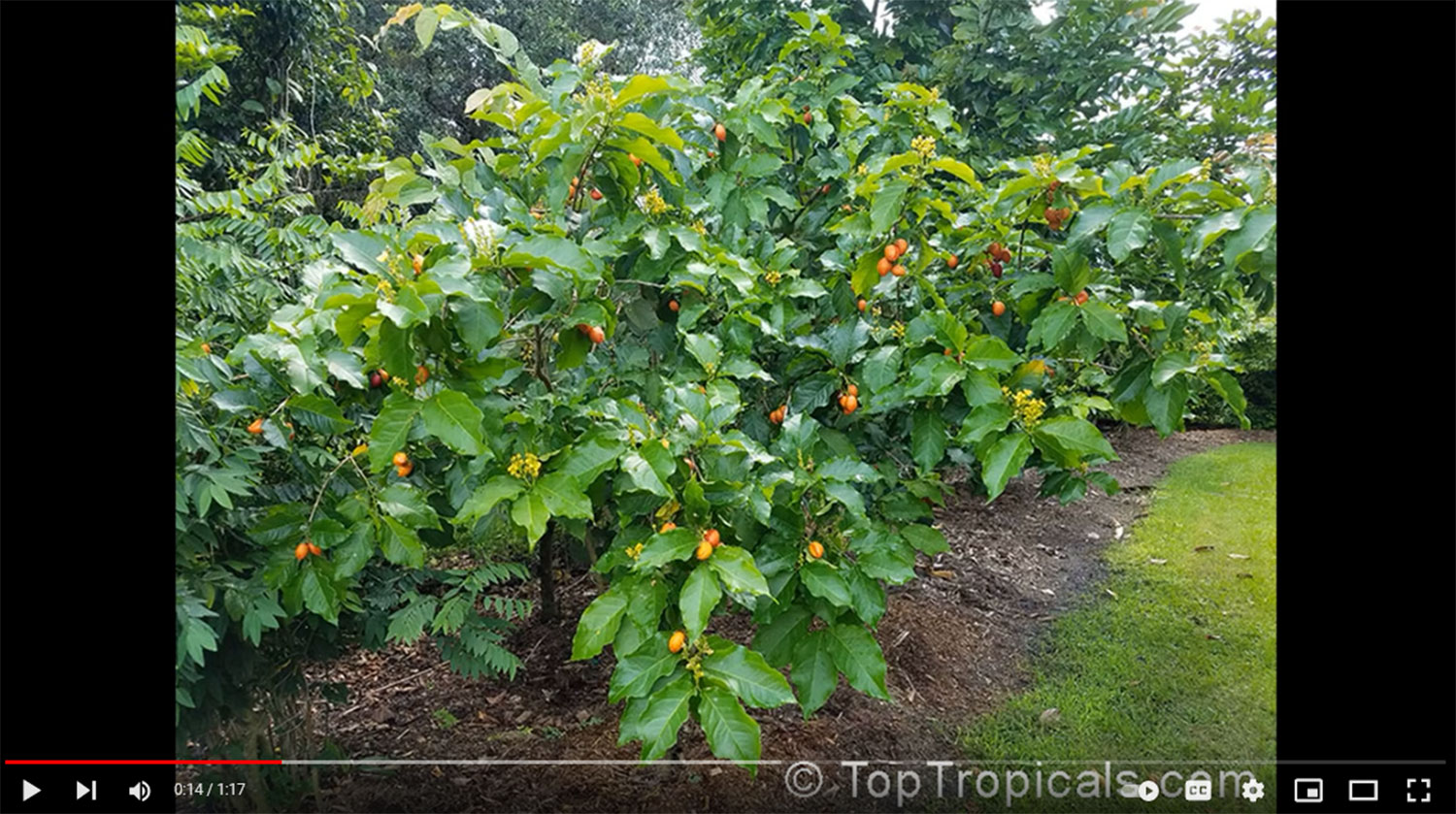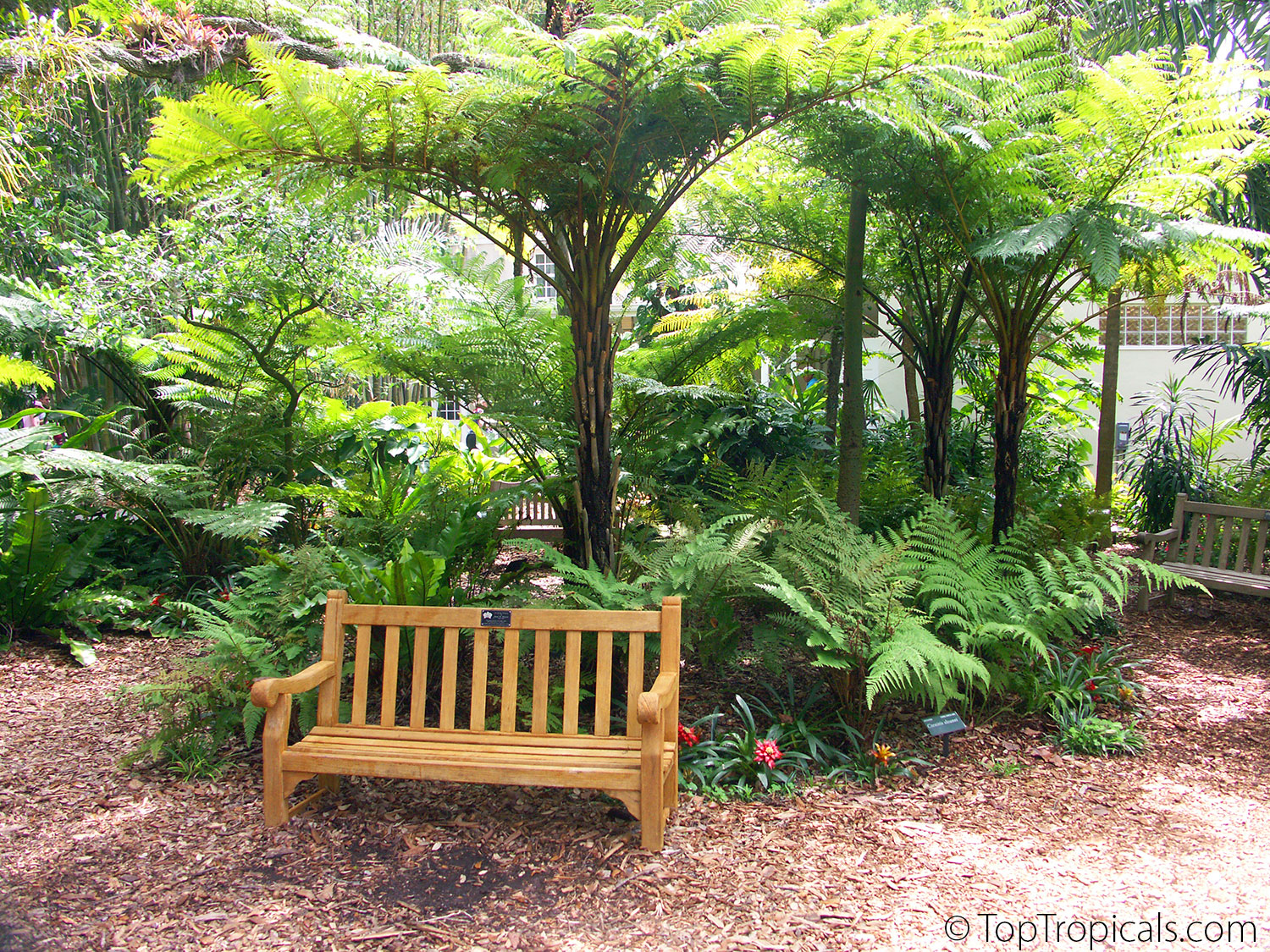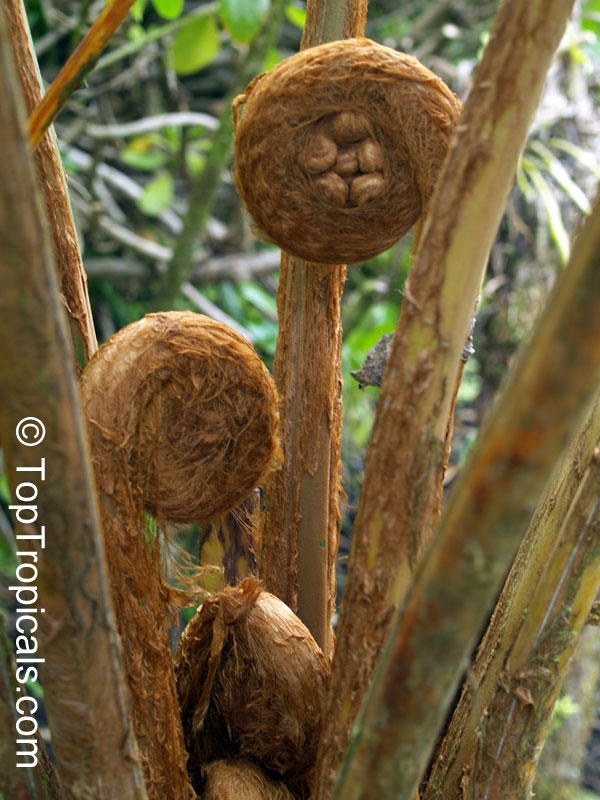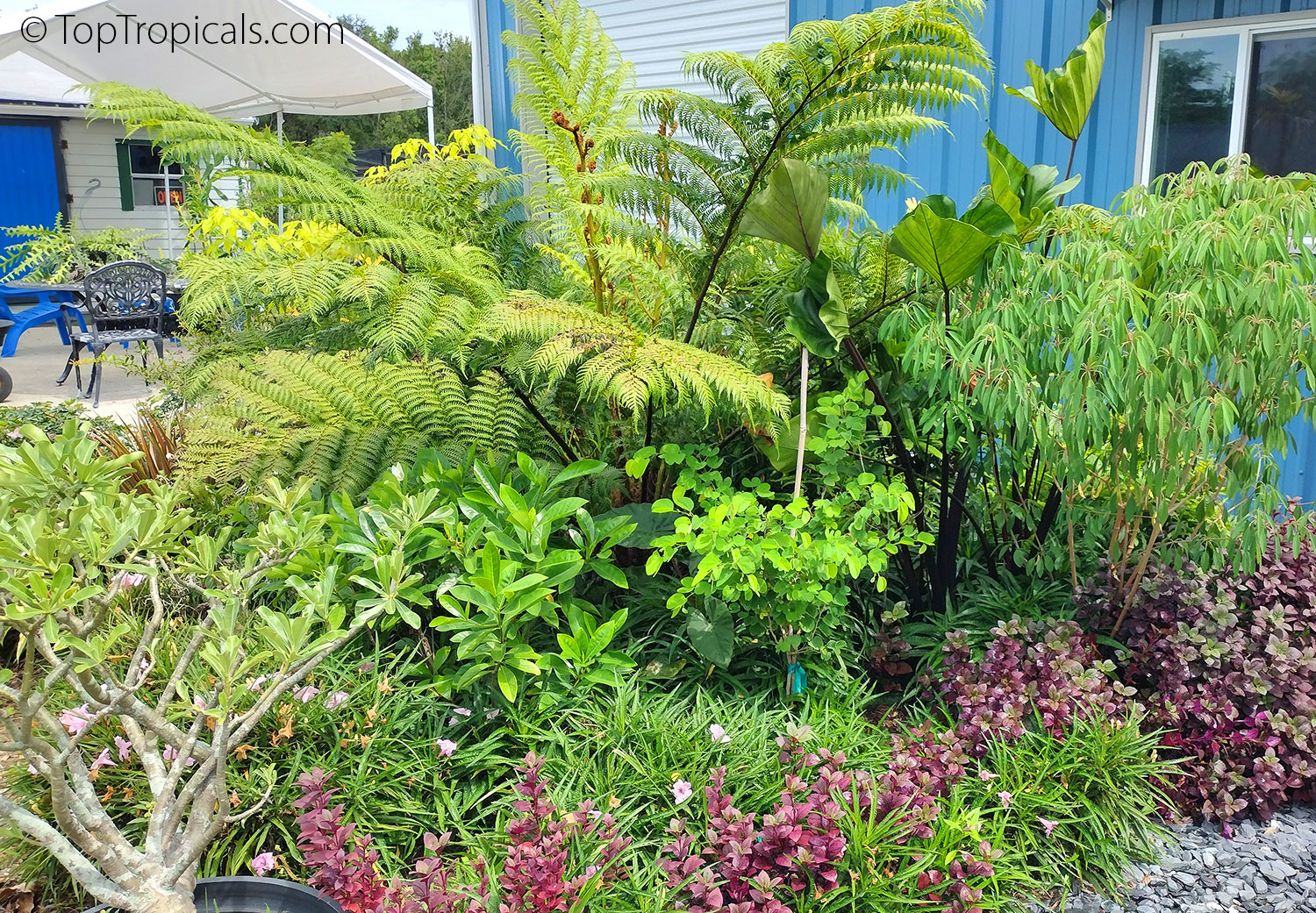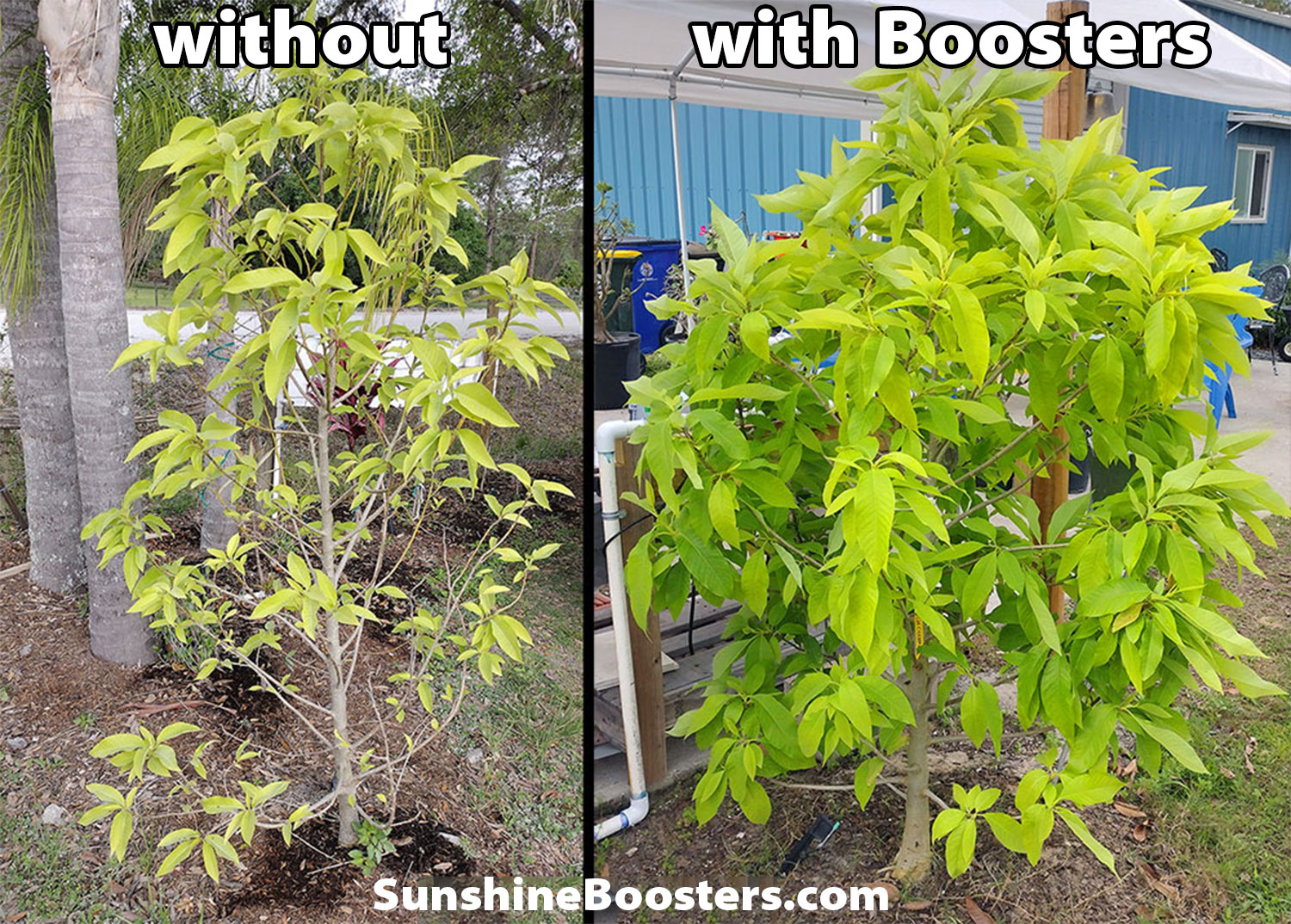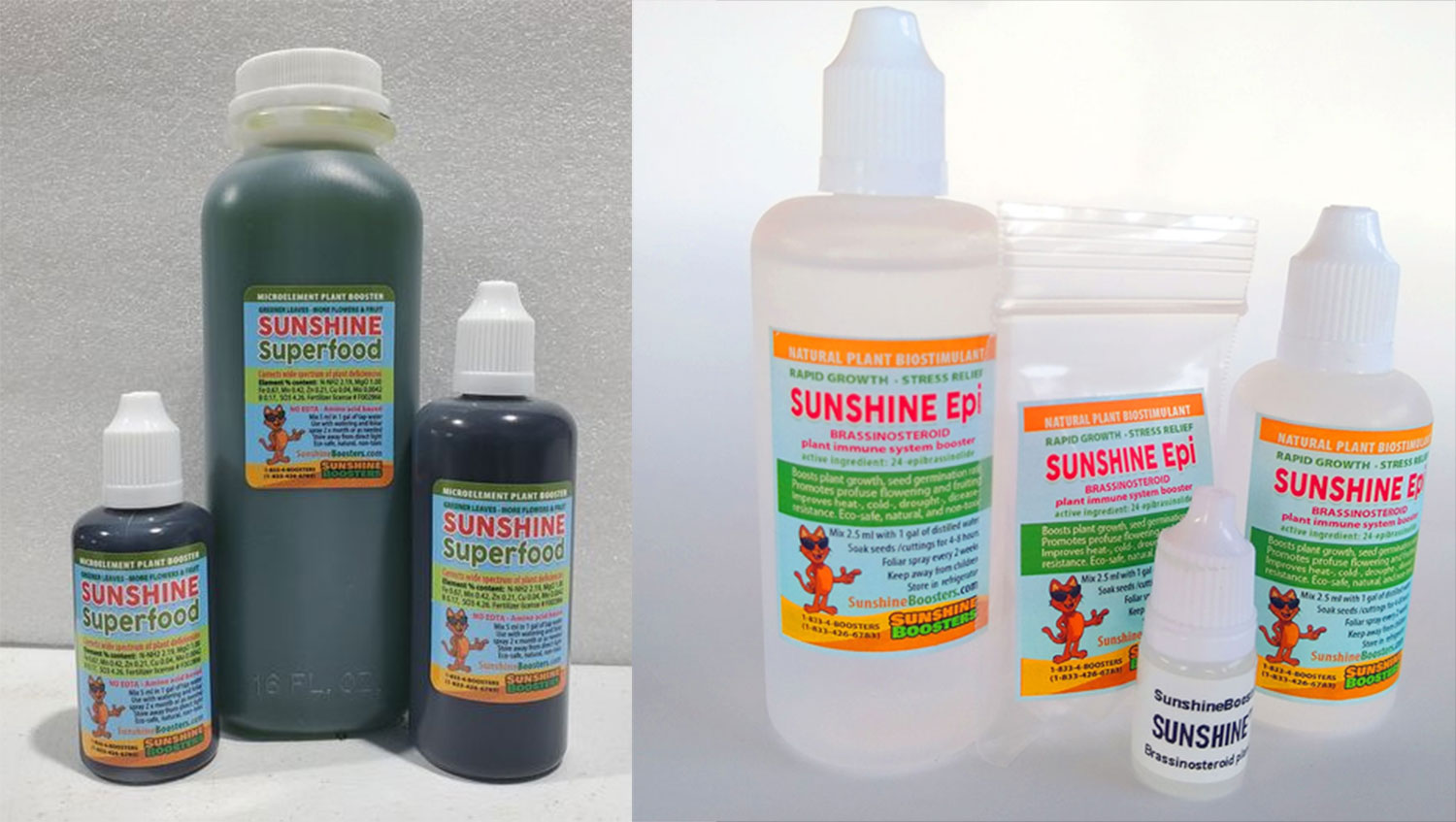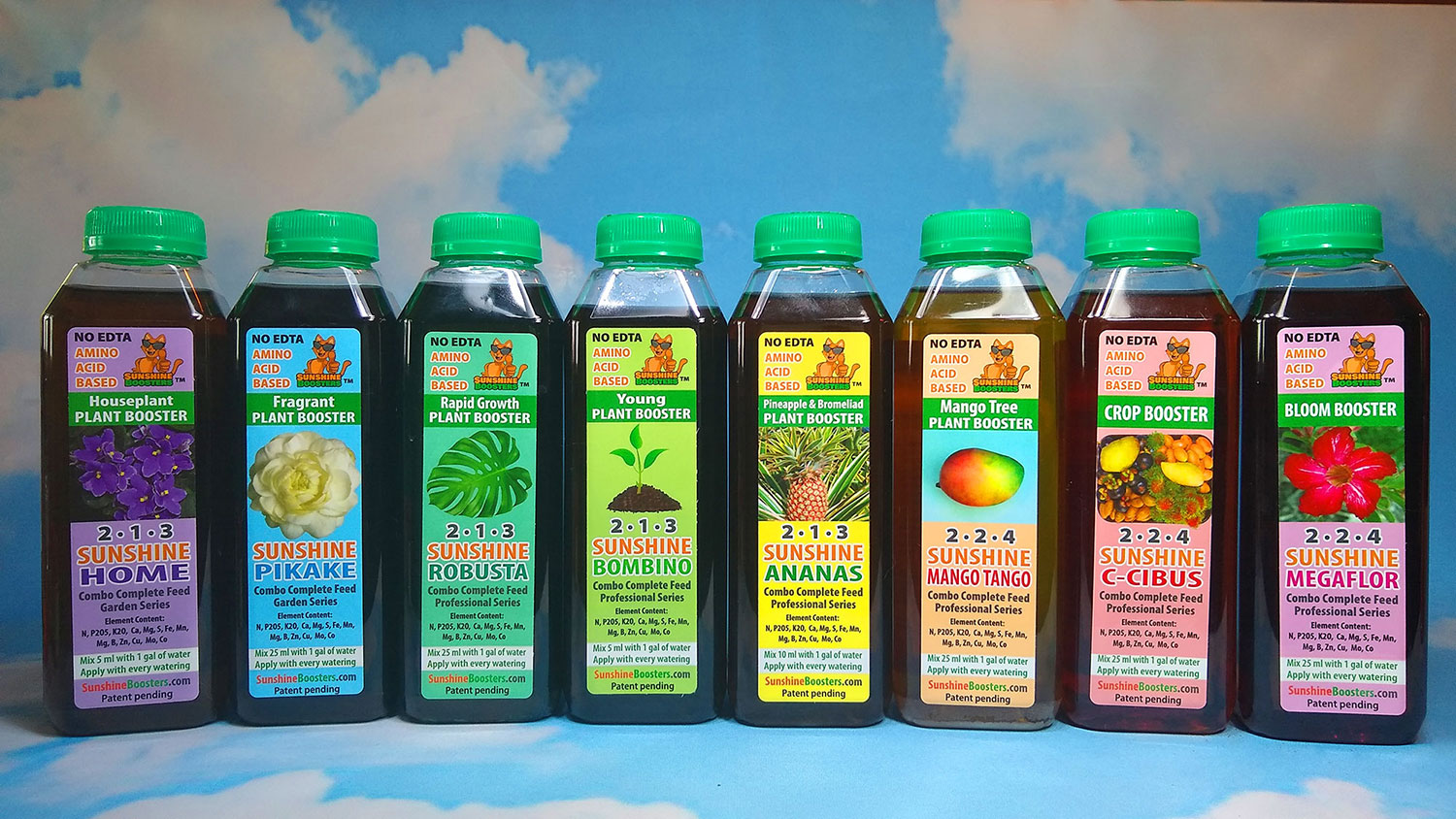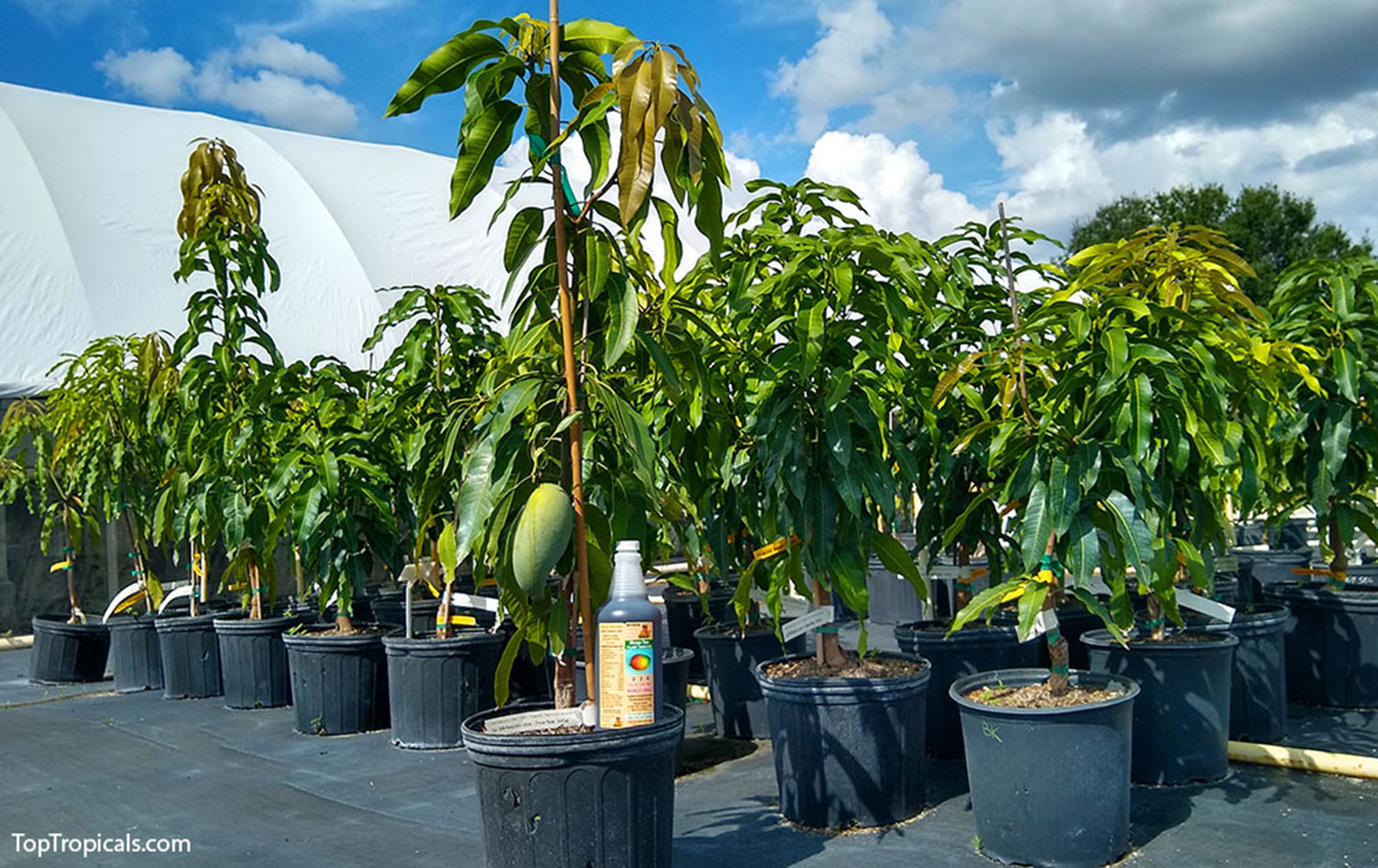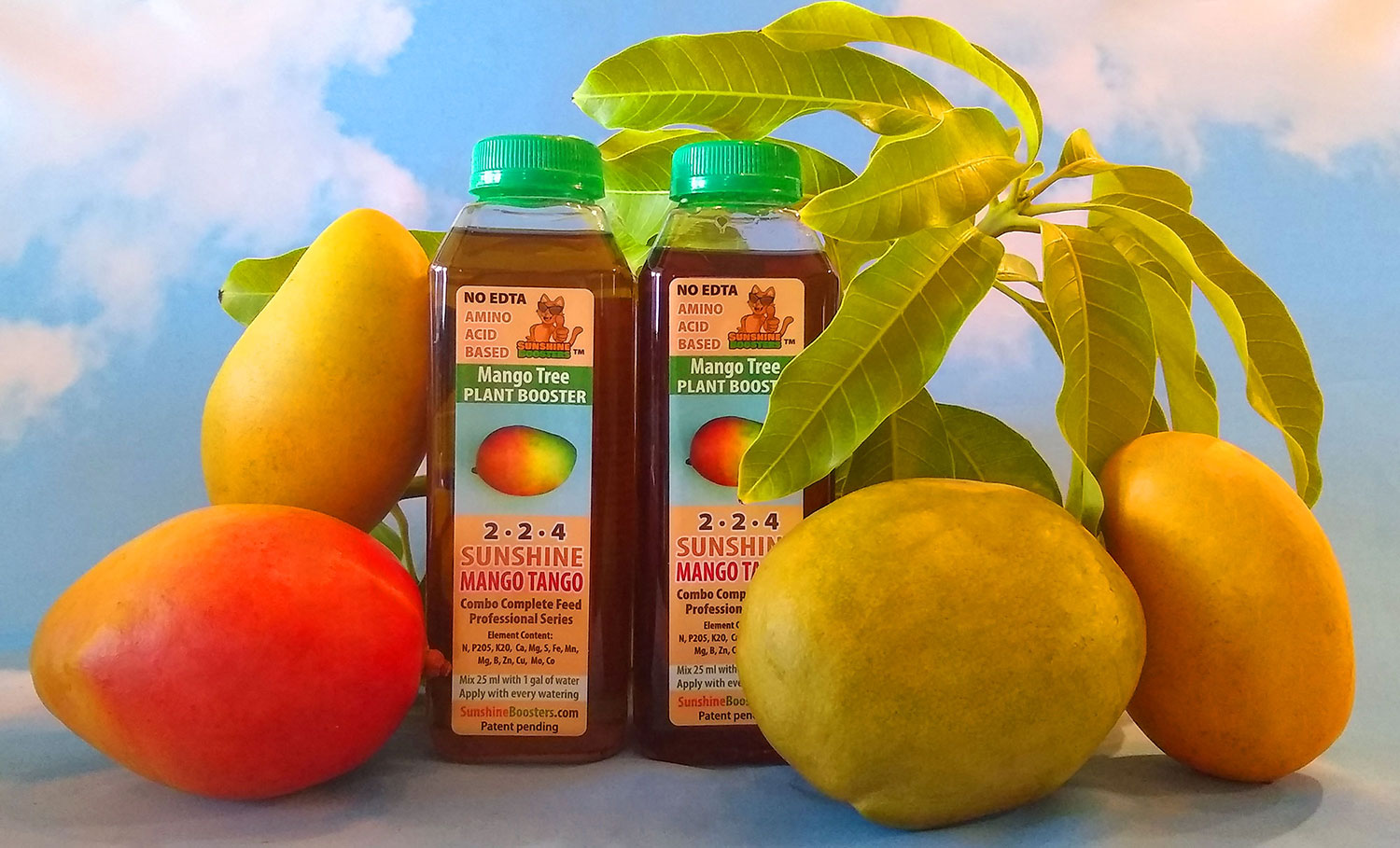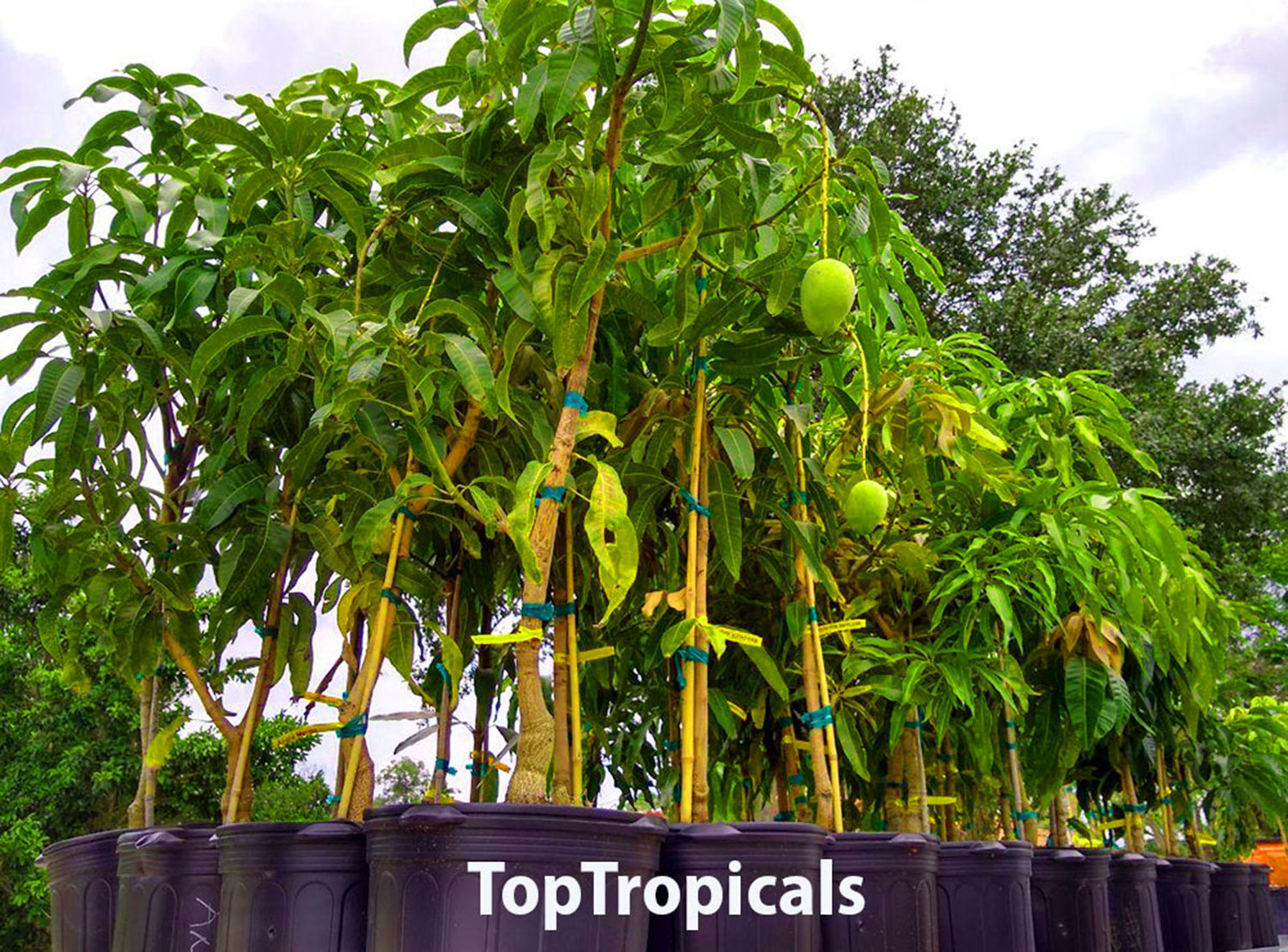Date:
Cat Horoscope
Two Cat Zodiacs: Cancer and Leo
By Alex Butova, the Witch of Herbs and Cats
Photo above: James Coconuts
How to know the astrological sign of your cat?
The astrological sign of a cat can be determined by either their date of
birth or adoption, as adoption is often considered a second birth for cats.
With this information, one can discover the astrological traits that describe
the cat, such as their independence, diva-like tendencies, sense of humor,
intelligence, and more. Additionally, it's also important to consider the
astrological relationship between cats and plants...More >>
Our Summer cats
Cancer Zodiac sign is represented by James Coconuts (his second day of birth is 7/15/2017 when he was rescued) and his best friend Riki. They live at our Bfarm in Sebring, are very affectionate and have intuitive sense of when we need someone close... they will readily snuggle up!
Leo Zodiac classic representative is Snitch, the Cat with Charisma - he runs and rules our Garden Center in Ft Myers. Come and meet this Purrson in person!
Photo above: Riki
Photo above: Snitch

